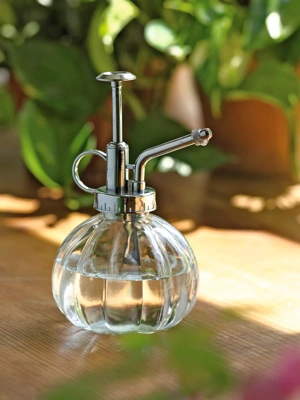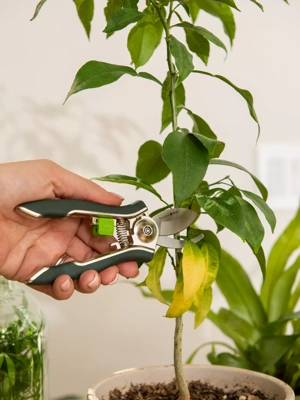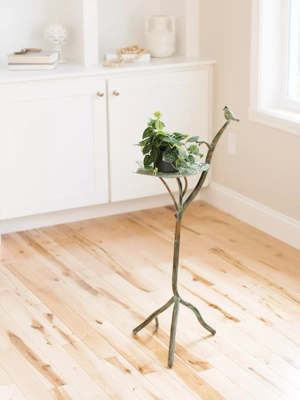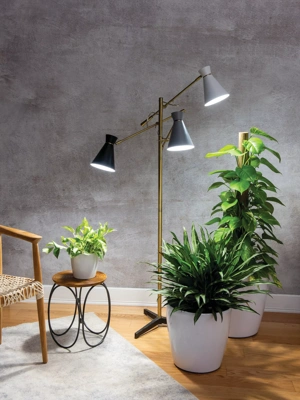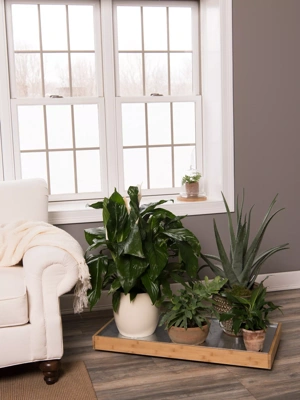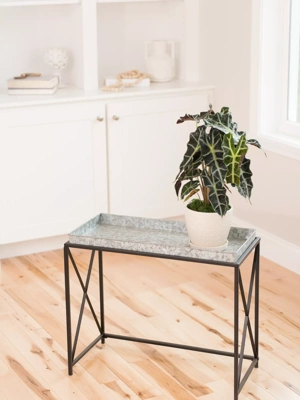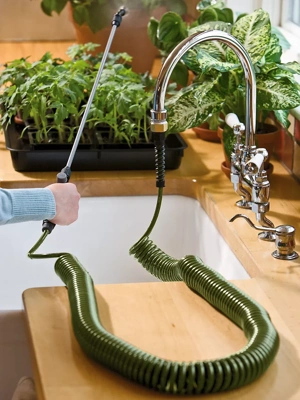How to Grow & Care for a Pothos Plant
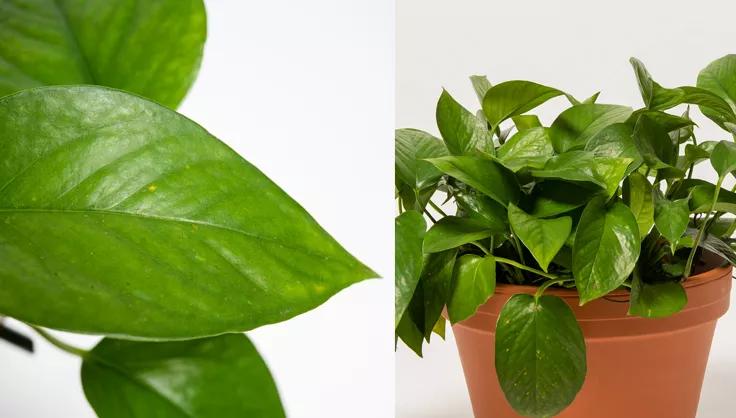
Popular Varieties of Pothos
Pothos comes in a range of cultivars, including the classic 'Golden Pothos' with its green and golden-yellow variegated leaves; 'Marble Queen', which features lush green and white marbled foliage; and 'Neon', distinguished by its brillian lime hue.
Best Growing Conditions for Pothos
Light: Pothos thrives in moderate to bright, indirect light but can easily tolerate lower light conditions. Avoid placing them in direct sunlight, as it can scorch their leaves. They can be a perfect fit for offices or rooms with limited natural light.
Soil: Well-draining and aerated soil are essential for Pothos. A standard potting mix with added perlite or orchid bark provides the necessary drainage to prevent waterlogged roots.
Humidity: Pothos are highly adaptable to different humidity levels, but they appreciate higher humidity. Regular misting or placing them on a tray with water and pebbles can increase humidity levels around the plant.
How To Care for Pothos
Watering
Allow the top inch or two of soil to dry out between waterings. Water thoroughly and let excess water drain away to prevent root rot. Adjust watering frequency based on environmental conditions.
Fertilizing
Feed pothos with a balanced, water-soluble fertilizer diluted to half-strength every 4-6 weeks during the growing season (spring and summer). Reduce or halt fertilization during the dormant season (fall and winter).
Pruning
Regular pruning helps maintain a bushy and attractive appearance. Trim leggy vines or yellowing leaves using clean scissors or pruning shears. Pruning encourages new growth and keeps the plant healthy.
Propagating
Pothos is incredibly easy to propagate through stem cuttings. Simply snip a healthy stem with a few leaves and nodes, place it in water or directly in moist soil, and wait for roots to develop before potting it. You can create many new plants from just one healthy, mature pothos!
Pothos Pests and Problems
Identifying and Controlling Pests: Common pests for Pothos include mealybugs, spider mites, and aphids. Remove pests manually, use insecticidal soap, or neem oil to control infestations.
Common Signs of Stress and Treatment: Signs of stress in Pothos include wilting, yellowing leaves, or stunted growth. Adjust care practices, such as watering or light levels, to help the plant recover.
Pothos FAQs
Q: Can Pothos grow in low light conditions?
A: Yes, Pothos can thrive in low light conditions, making them suitable for areas with minimal natural light.
Q: Why are the leaves on my pothos turning yellow and falling off suddenly?
A: Sudden bursts of cold temperatures can cause a pothos to go into shock and lose its leaves. Check for any cold air currents and move the plant out of drafty corners.
Q: Can pothos plants be grown in water alone?
A: Yes, pothos can be grown in water, and they readily develop roots when propagated in a water-filled container. This is an easy way to propagate new plants and a unique way to display your pothos!
Pothos can be kept compact and bushy, allowed to trail out of a hanging basket, or allowed to sprawl along a mantle or bookshelf — their versatile growth habit and adaptable nature make them the perfect plant for just about any space!
Last updated: 05/09/2024
Print this Article:
Related items
Get the Dirt
Stay up to date on new articles and advice. Please fill out the information below.

